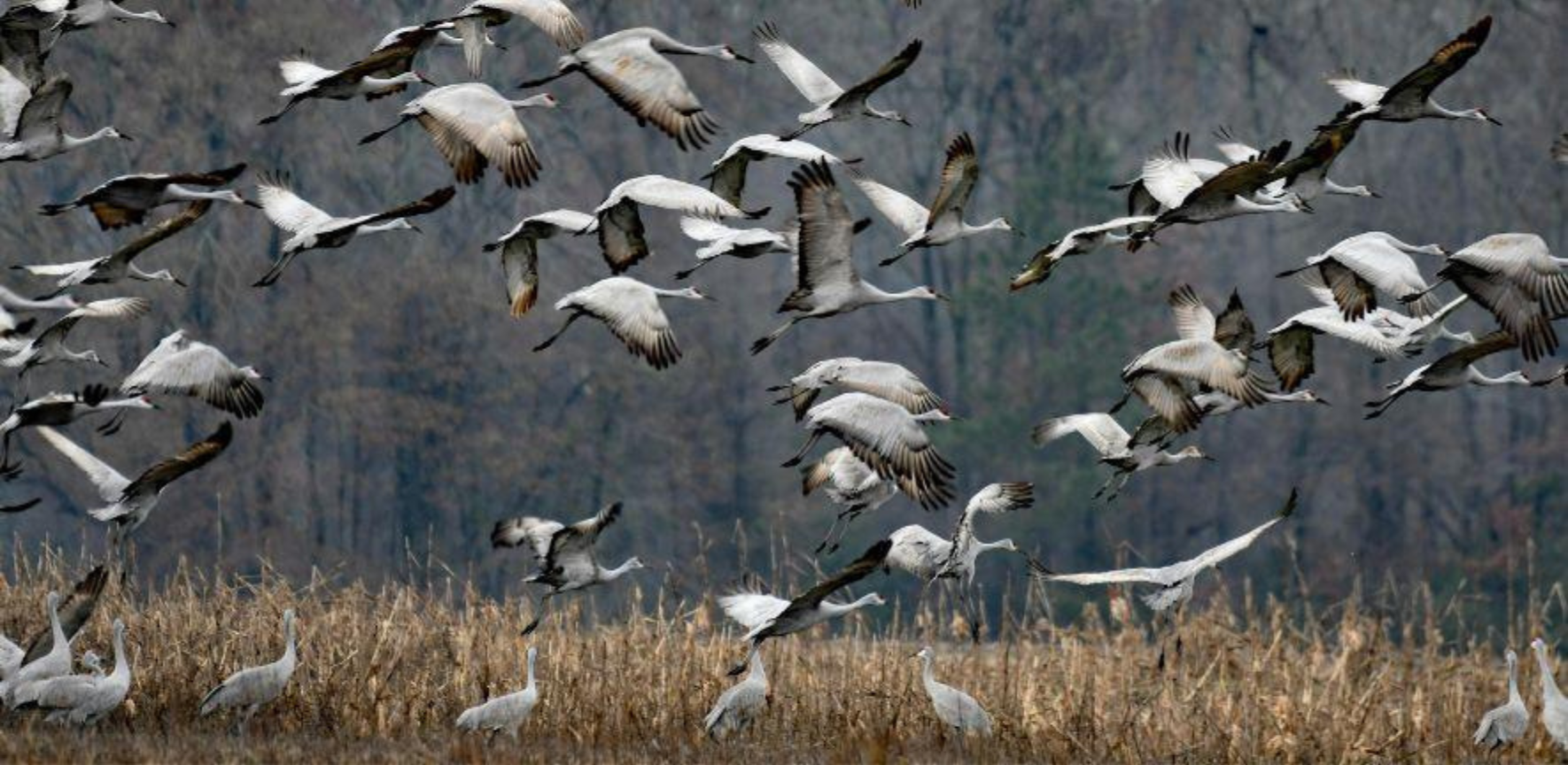
Submitted by Diane L. Lister on Mon, 28/04/2025 - 16:27
Over 194 million birds and 57 million mammals are killed annually on European roads and up to 1 billion birds die every year from building collisions in the United States.
Connectivity, the free movement of organisms of all kinds, from amoebas and algae to waxworms and wildebeest, across landscapes is essential to the survival of many species and ecological systems; yet it is being eroded across the globe.
In an article recently published in Science, Prof Robert Fletcher (University of Cambridge), Prof Jed Brodie (University of Montana), and co-authors present a synthesis of the science and conservation of plant and animal movement to provide a global vision for policy and conservation efforts to support the persistence of species by enhancing connectivity.
Prof Fletcher comments, ‘The good news is that we now have much better information on these issues from rapid changes in technology and there are many effective solutions for reconnecting areas.’
The clear challenge facing the field is to transform the concept of “well-connected” from nebulous to robust, quantifiable, and ecologically meaningful across a range of biomes, taxa, and scales.
Their article highlights where connectivity science has and has not been effectively incorporated into conservation, restoration, and climate adaptation.
They call for a coordinated global effort to implement scientific knowledge and monitor, map, protect, and restore areas that promote movement and maintain well-connected ecosystems for biodiversity in the long-term. This effort will help track the effectiveness of both global policies on biodiversity and local activities aimed at reducing the impacts of humans on wild species.
Read the article: Jedediah F. Brodie, Andrew Gonzalez, Jayasilan Mohd-Azlan, Cara R. Nelson, Gary Tabor, Divya Vasudev, Katherine A. Zeller, Robert J. Fletcher Jr. 'A well-connected Earth: The science and conservation of organismal movement'.Science388,eadn2225(2025).DOI:10.1126/science.adn2225
Images: Sandhill cranes taking flight photo: Canva
This article was originally submitted by Abigail Youngman on the Department of Zoology website, on Wed, 23/04/2025.
